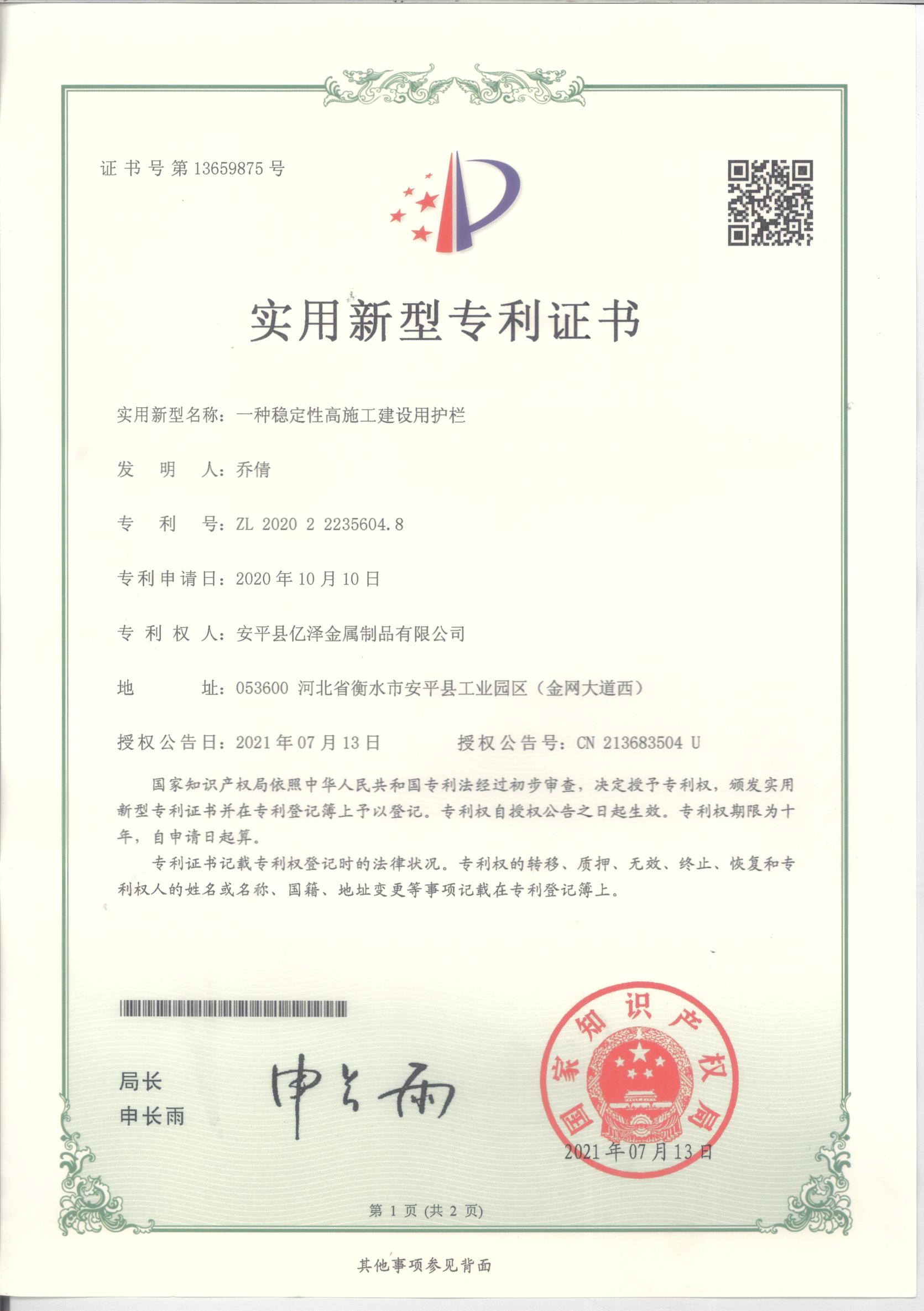poultry cage
Sep . 03, 2024 02:51 Back to list
poultry cage
The Importance of Poultry Cages in Modern Farming
Poultry farming has become an essential component of modern agriculture, contributing significantly to the world’s food supply. One of the critical elements that influence the efficiency and productivity of poultry farming is the use of poultry cages. These cages provide numerous advantages that enhance the health and welfare of the birds while also improving overall farm management.
Poultry cages are specifically designed structures that house birds such as chickens, ducks, and turkeys. These cages can vary in size and design, from traditional battery cages to more modern, enriched cages that allow for freer movement. The primary purpose of poultry cages is to create a controlled environment that promotes healthy growth and optimal egg production. By ensuring that birds have enough space, proper ventilation, and access to food and water, farmers can significantly enhance the birds' living conditions.
One of the most notable benefits of using poultry cages is the prevention of diseases
. In a traditional farming setup, where birds roam freely, the risk of disease spread can be high due to close contact with other birds and the environment. Cages help to minimize this risk by keeping birds contained and easier to monitor. With proper sanitation practices, farmers can reduce the incidence of illness, thus decreasing the need for antibiotics and improving the quality of the poultry products.poultry cage

Furthermore, poultry cages contribute to efficient feed utilization. When birds are housed in cages, their feed intake can be closely monitored, ensuring that each bird receives the necessary nutrients for its stage of growth. This level of management leads to better weight gain and increased production efficiency. For egg-laying hens, cages can facilitate higher egg production rates as the birds are kept in close proximity to each other and are provided with optimal conditions for laying.
Animal welfare is an increasingly important topic in the poultry industry, and the design of poultry cages has evolved to address these concerns. Enriched cages, for example, provide hens with nesting areas, perches, and space to move around, improving their overall welfare compared to conventional battery cages. These advancements reflect a growing awareness of the importance of humane treatment of livestock while still maintaining production efficiency.
In addition to health and welfare benefits, poultry cages can also improve farm management. With a structured housing system, farmers can efficiently manage their flocks, track growth rates, and implement biosecurity measures more effectively. This organized approach leads to increased productivity and profitability in an industry that is constantly facing challenges from fluctuating market demands and resource availability.
In conclusion, poultry cages play a vital role in modern poultry farming, offering numerous advantages that benefit both the birds and the farmers. By providing a controlled environment that enhances health, welfare, and productivity, these structures are essential for sustainable poultry production in today’s agricultural landscape. As the industry continues to evolve, innovations in cage design and management practices will undoubtedly shape the future of poultry farming.
-
Hot Sale 24 & 18 Door Rabbit Cages - Premium Breeding Solutions
NewsJul.25,2025
-
Automatic Feeding Line System Pan Feeder Nipple Drinker - Anping County Yize Metal Products Co., Ltd.
NewsJul.21,2025
-
Automatic Feeding Line System Pan Feeder Nipple Drinker - Anping County Yize Metal Products Co., Ltd.
NewsJul.21,2025
-
Automatic Feeding Line System - Anping Yize | Precision & Nipple
NewsJul.21,2025
-
Automatic Feeding Line System - Anping Yize | Precision & Nipple
NewsJul.21,2025
-
Automatic Feeding Line System-Anping County Yize Metal Products Co., Ltd.|Efficient Feed Distribution&Customized Animal Farming Solutions
NewsJul.21,2025






